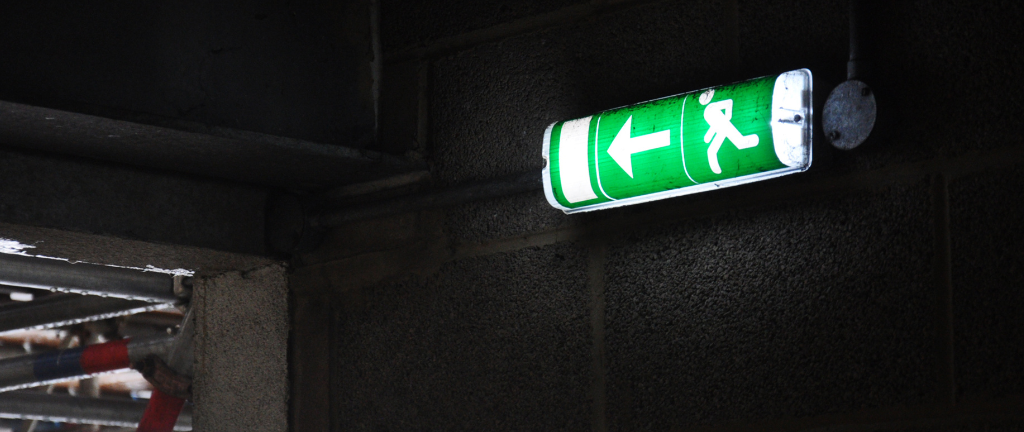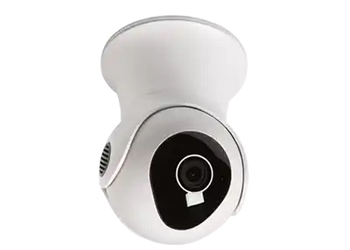
Emergency Lighting Legislation BS 5266
More than just a helpful feature or a familiar sign, emergency lighting is legally required to be in commercial buildings. In this article we’ll look at what the BS 5266 Legislation means for Emergency Lighting.
What is emergency lighting?
More than just the green running man, emergency lighting provides a safe path for people within a building to evacuate in the event of a mains power outage.
Emergency lighting will also help any arriving emergency service personnel to enter the building just as safely as the occupants were able to leave it.
Placement
When a fire risk assessment is completed by a registered professional, they will be able to point out the areas where emergency lighting should be placed.
The legislation stipulates that an illuminated sign should be displayed anywhere where it is not clear where the final exit is. For example, if people need to leave through a certain door or down a certain stairwell.
Further than just the legally required spots, it’s suggested that emergency lighting should be installed in stairwells, toilets bigger than 8m2, junctions in corridors, and at the point of any change in direction.
Duration
The duration that emergency lighting should stay on for depends on the building that it is being installed in.
If evacuation is able to happen in a timely manner, for example out of an office building, the emergency lighting will only need to stay on for the minimum of 1 hour.
In buildings where the evacuation may take longer, for example in hotels where people may be asleep, the emergency lighting will need to stay on for at least 3 hours.
Brightness
Emergency lighting doesn’t have to be particularly bright, just enough to create a clear path for occupants of the building.
The legislation gives general guidance that floor level lighting should be no less than one lux (equivalent to a 70W bulb), where anti-panic areas should be no less than 0.5 lux.
Testing
Probably the most important part of the legislation is the implications for testing. Emergency lighting, along with all emergency features of buildings, ideally will never need to be used. This is why it’s important to properly test it, as you don’t want it to fail in a real scenario.
The testing of emergency lighting is different depending on whether it is a daily, monthly, or yearly test.
A daily test is typically just making sure that the light is operating at all times. There will generally either be some indicator light or the lighting will just be fully illuminated.
BS 5266 states that even if daily testing is not carried out, all lighting must be tested monthly. This test involves cutting the mains power to see if the emergency lighting comes on as it should. This monthly test should also include checking that the switches are on and working as they should.
The annual test is to test the duration. In this year test the mains power should be shut off for the full 1-3 hours to make sure that the emergency lights stay illuminated as they should.
If your emergency lighting fails one of these tests it will need to be repaired or replaced.
